Metal Roofing vs. Modified Roofing
A roof is essential to the proper functioning of a home and significantly affects property values.
A roof is essential to the proper functioning of a home and significantly affects property values. With all that a roof provides, ensuring it is the absolute best fit for the home is crucial. Consider and weigh the options for roofing services and choose a roofing contractor with the experience, skills, and credentials to complete the job correctly.
Modified Roofing
Modified bitumen roofing, like its built-up counterpart, is an asphalt-based roofing option. It is typically designed for flat or low-sloping roofs. A modified roof can be applied in three different ways. One method involves using heat, either with torches or hot mopping with asphalt. The cold process involves adhering one to two layers of modified bitumen membranes to an applied base sheet.
A self-adhesive modified roof eliminates the need for flame use and does not emit any volatile organic chemicals during installation. As the roll turns out, the paper backing is removed, allowing the modified roofing to adhere to the roof.
Modified roofing offers multiple beneficial attributes. In terms of appearance, modified roofing typically comes in three surfacing options: mineral, gravel, and cool roof coating. Mineral surfacing is generally white but is available in various colors to match the home's appearance. A cool roof coating carries the added benefit of lower home cooling costs.
Modified bitumen roofing is also flexible, expanding and contracting to counteract splitting that could occur in cold temperatures. In hot weather, modified roofing is flow-resistant and will not slump under the sun's heat.
Key advantages of modified bitumen roofing include:
Ease of Repair
Resistance to Splitting
Flame Resistance
Durability
Flexibility
Appearance Options
Metal Roofing
Metal roofing is gaining popularity among homeowners. The average roof has a lifespan of about 15 years, whereas a metal roof lasts up to 50 years. Despite being made of metal, a modern metal roof will not rust due to a metallic coating applied to prevent deterioration. Metal roofing is well known for its incomparable durability.
A common myth about metal roofing is that it is more likely to be struck by lightning, which is not true. It may be a safer alternative in the event of a lightning strike. Metal is not flammable, so it cannot catch fire from lightning. Additionally, being made of metal allows the roof to disperse electricity safely and evenly through the structure.
Roofs are generally one of the main portions of a home that can suffer significant damage. However, metal has been tested in wind speeds of up to 150 miles per hour and has proven capable of withstanding these winds.
Metal roofing also offers financial benefits. Although the initial costs may be higher than most other roofing options, it pays off in the long run. Metal roofs have a metallic coating that deflects UV rays, leading to lower heating and cooling costs for the home. Besides the direct cost-effectiveness, metal roofing has the potential to boost a home's value and may also lower homeowner's insurance.
Metal roofs offer numerous appearance options. Various styles resemble more traditional roofing options, such as shake, tile, shingle, and vertical panels. Metal roofs also come in many different colors to provide the desired appearance.
Key advantages of metal roofing include:
Increased Home Value
Superior Lifespan
Incomparable Durability
Potential Lower Home Insurance Costs
Weather Resistance
Reduced Home Heating and Cooling Costs
Great Variety of Appearance Options
Irish Roofing Company provides Scottsdale with residential tile roof installation and replacement, shingle roof installation and replacement, metal roof installation and replacement, roof repair, roofing maintenance, and roof inspection services. Count on our uniformed, knowledgeable, and experienced roofers for high-quality roofing solutions.

